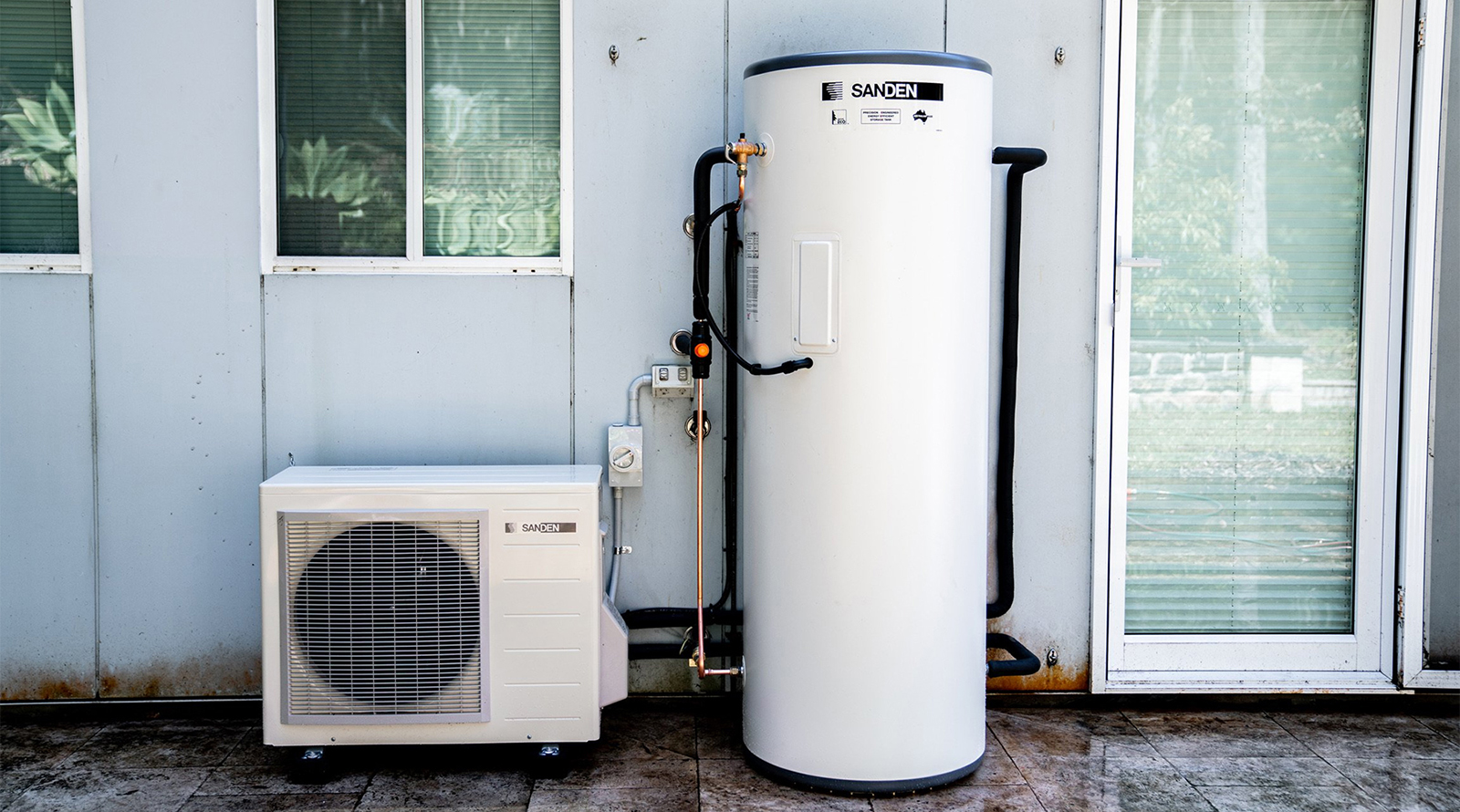What is a PEX pipe? What makes it the most talked about highly effective alternative for traditional copper and galvanized steel pipes?
Nowadays, homeowners who are fond of DIYs have resorted to utilizing the flexible plastic pipe called PEX or cross-linked polyethylene for their home’s water supply system because of its many practical benefits.
Evolution of Common Plastic
PEX tubing was crafted in 1968 by Thomas Engle, a German scientist who realized it was high time to crosslink ordinary polyethylene and produce a more resilient type of plastic material. At first, PEX had been used in the US exclusively for radiant floor heating systems during the 1980s. Eventually, after several successful attempts at innovations and adjustments to make PEX more sustainable, it has become the trend for residential water systems in the US up to this day.
PEX’s Unique Features
PEX pipes come in different colors, lengths, and sizes (in terms of diameter). This color coding characteristic of PEX allows the installer to easily identify whether a particular pipeline carries hot water or cold water. Basically, a Red PEX is intended for carrying hot water and a Blue PEX for cold water. Other varieties include a White PEX and a Gray PEX, which are meant for either hot or cold water.
What separates PEX tubing from the customary copper and galvanized steel is its remarkable flexibility. Unlike in traditional water systems that require an isolated connection when attaching branch lines to the mainlines, you can actually use a single length of PEX when connecting to every water supply fixture, that is, you attach one end of the PEX pipe to the main water control system and then wind it through floors and walls down to the individual fixture inside your home “without interruption.” PEX’s distinct flexibility makes it less likely for leaks to occur. Leaks are quite common when there are multiple connections; however, with PEX tubing, which allows for only a single connection, your water system becomes no longer susceptible to leaking problems.
Advantages and Disadvantages of PEX Pipes
Using PEX offers many advantages, which include the following:
- ● It is resistant to freeze-cracking because it expands.
- Unlike copper and steel pipes, it is not prone to corrosion.
- It is easier to install as it does not demand soldering.
- It has color-coding, which is helpful when classifying hot water and cold water supply lines.
- It allows for a zero-noise water flow.
- Provided with correct fittings, it can be conveniently connected to metal supply lines.
However, PEX also has a few drawbacks. First, it is only effective for indoor use since it breaks down easily when exposed to ultraviolet rays. Second, it is not recyclable, unlike other plastic materials. Lastly, although PEX pipe installation can be done without calling a professional plumber, doing so requires you to strictly use the necessary tools, supplies, and connectors.
Pick the Best
There are different types of PEX to choose from in the market. Depending on your plumbing needs, you may choose a PEX-A, PEX-B, or PEX-C type of pipe. PEX-A is considered the most costly but also the most flexible and resistant among the three types. On the other hand, PEX-B is also resistant to freeze-cracking although it’s a little stiffer as compared to PEX-A. PEX-B, however, is best recommended for highly chlorinated water supply. PEX-C is not the best type of pipe because it is stiff and is only suitable for repairs that do not call for sharp bending of the pipe. To know more about which is best for your needs and your property, you need a trusted plumber to fit and install it for you.





